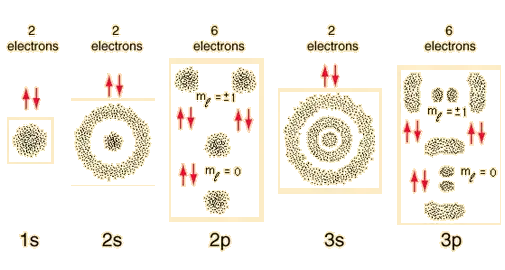Picture a simple hydrogen atom with one electron which is bound to a proton (nucleus). When trying to impart momentum to the atom, we may specify the photon wavelength to be $\lambda = 121.57$ nm to access the 1s-2s electronic transition. But in this picture, where exactly does the photon's momentum go and how does it get there?
We know that the electron can only occupy quantized states and the transition is instantaneous. The photon energy has decreased the electric potential energy between the proton-electron pair by $hc/\lambda$. But do not the quantized orbits occupied by electrons have well-defined momentum, too? Since the electron's momentum now that it has gone from 1s to 2s may not necessarily be the photon's total original momentum, $h/\lambda$, where does the rest of this momentum go? And is this momentum transfer an instantaneous process as well?
I believe a partial answer is that the entire atom has momentum imparted to it, but what is the mechanism to make the nucleus start moving if the photon was wholly absorbed by just the electron and the electron cannot simply drift off its quantized orbit (which would then pull on the nucleus via Coulomb interaction)? Perhaps answering this question may help elucidate the above: is imparting momentum by photons with wavelengths corresponding to particular transitions more efficient than photons with arbitrary wavelength?
